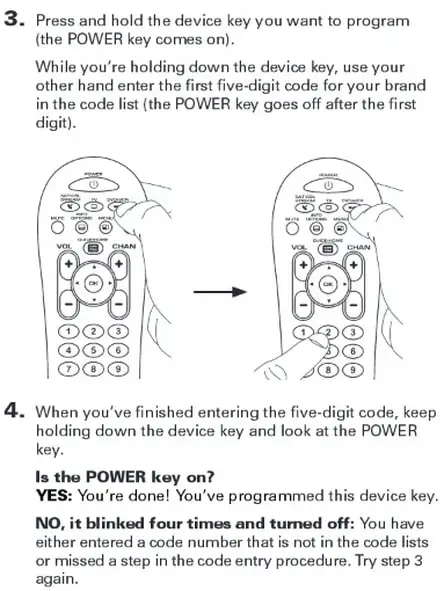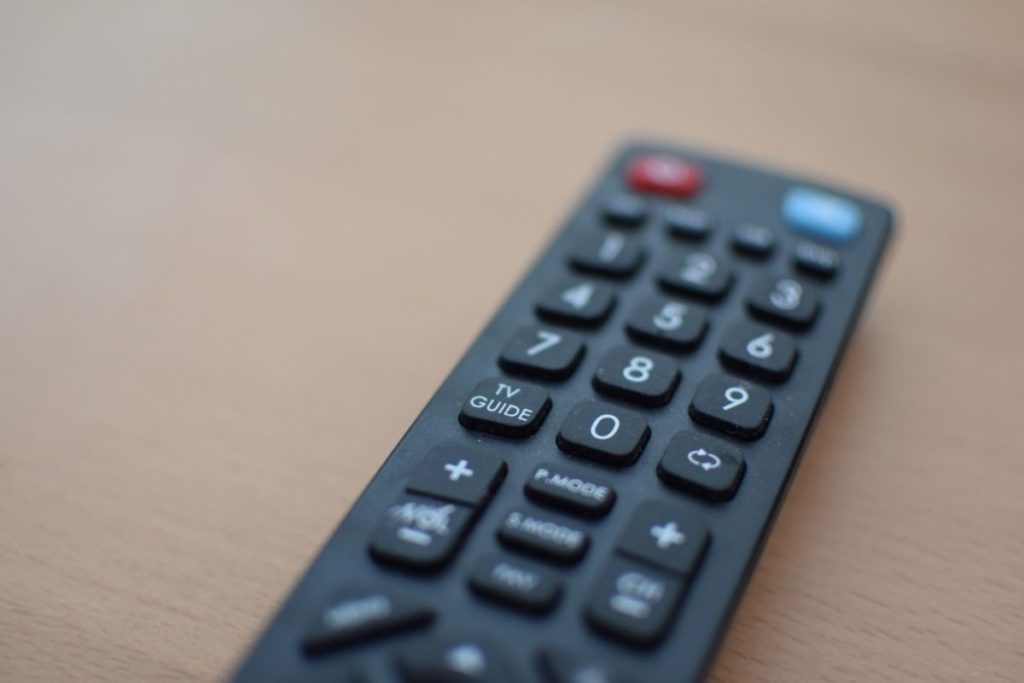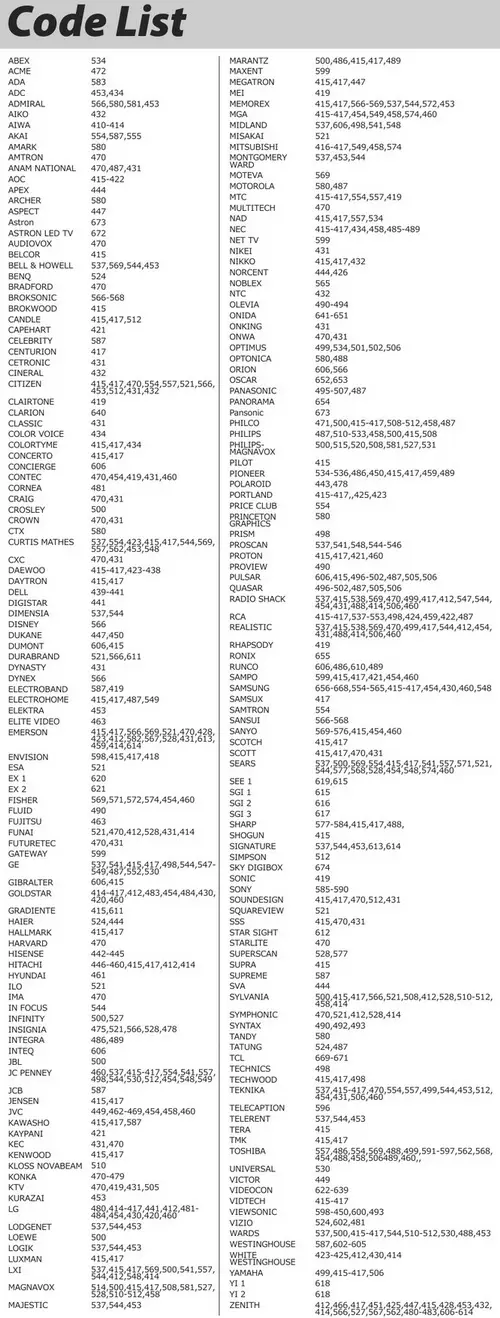

Most remotes also allow the user to cycle through the list of available codes to find one that matches the device to be controlled. A set button (sometimes recessed to avoid accidental pressing) to allow selection of a particular set of codes (usually entered on the keypad).A numeric keypad for entering channel numbers and some other purposes such as time and date entry.Channel and volume up/down selectors (sometimes marked with + and - signs).A typical selection includes TV, VCR, DVD, and CBL/ SAT, along with other devices that sometimes include DVRs, audio equipment or home automation devices. A power button, as well as a switch or series of buttons to select which device the remote is controlling at the moment.Most universal remotes share a number of basic design elements: In March 1987, Steve Ciarcia published an article in Byte magazine entitled "Build a Trainable Infrared Master Controller", describing a universal remote with the ability to upload the settings to a computer. It was called the "CORE" and was created by CL 9, a startup founded by Steve Wozniak, the inventor of the Apple I and Apple II computers. In 1987, the first programmable universal remote control was released. In 1985, Robin Rumbolt, William "Russ" McIntyre, and Larry Goodson with North American Philips Consumer Electronics (Magnavox, Sylvania, and Philco) developed the first universal remote control. On May 30, 1985, Philips introduced the first universal remote (U.S. For example, a VCR remote may be programmed to operate various brands of televisions.

Many remotes sold with various electronics include universal remote capabilities for other types of devices, which allows the remote to control other devices beyond the device it came with. Low-end universal remotes can only control a set number of devices determined by their manufacturer, while mid- and high-end universal remotes allow the user to program in new control codes to the remote.

Type of remote control Harmony 670, a universal remote.Ī universal remote is a remote control that can be programmed to operate various brands of one or more types of consumer electronics devices.


 0 kommentar(er)
0 kommentar(er)
